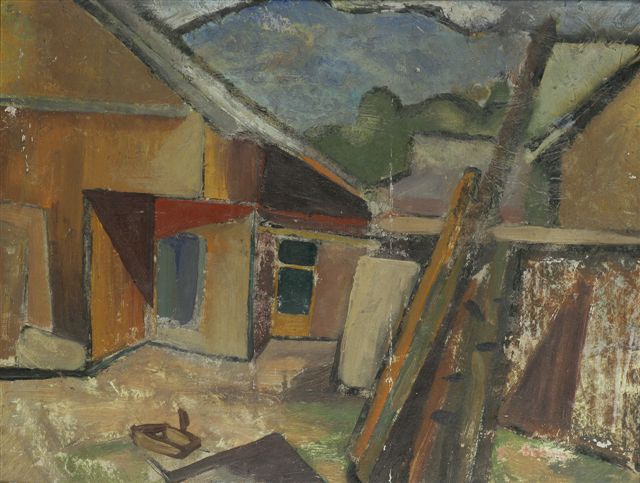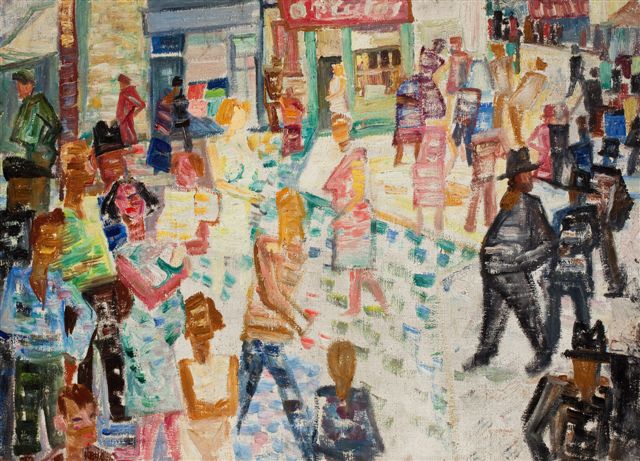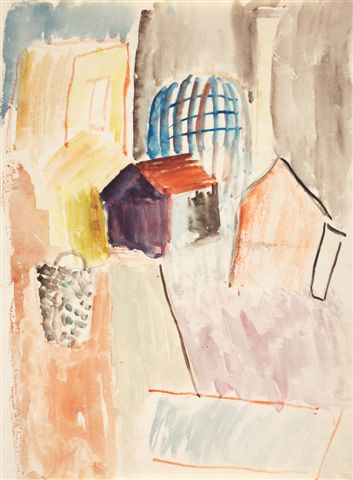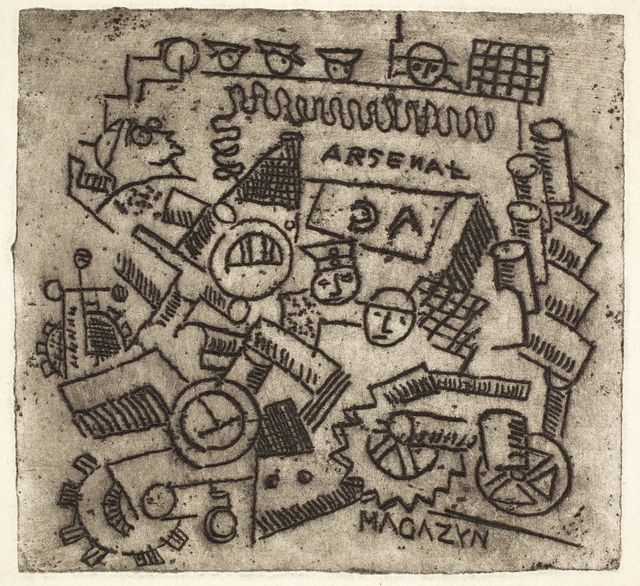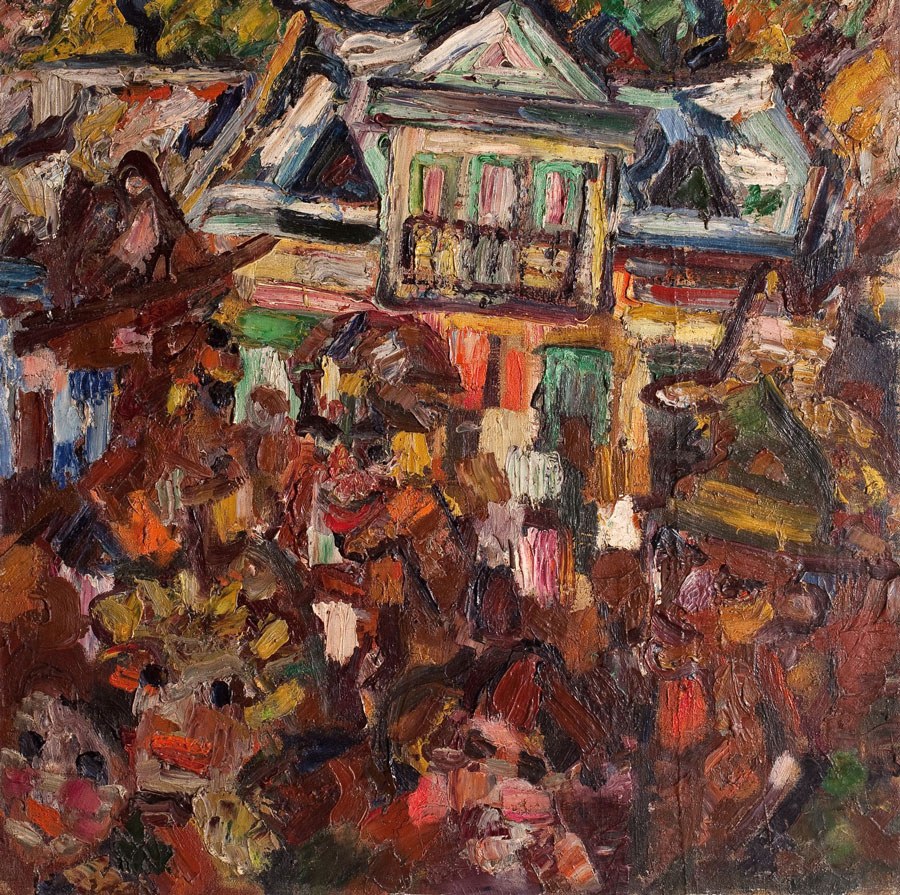2 December 2018 – 31 March 2019
The exhibition is curated by: Barbara Ilkosz
The Kraków Group was one of the most interesting Polish artistic groupings in the 20th century. It was officially established in 1932 and its members were students of the Kraków Academy of Fine Arts (ASP).
They were united by their shared convictions, criticism of the academic methodology, common interests in the European and Polish Avant-garde art as well as political commitments. Among its core members were: Aleksander Sasza Blonder, Berta Grünberg, Franciszek Jaźwiecki, Maria Jarema, Leopold Lewicki, Adam Marczyński, Stanisław Osostowicz, Bolesław Stawiński, Jonasz Stern, Eugeniusz Waniek, Henryk Wiciński and Aleksander Radziewicz-Winnicki.
The exhibition presents multiple aspects of artistic activities pursued by the Kraków Group, demonstrating the early influences of their academic masters and reflecting the impact of paintings created by the artists linked with the Paris Committee, but above all their perception of avant-garde art.
Members of the Group who were heavily involved in politics identified their artistic creations with the concept of ‘revolutionary art’ and the Utopian idea of transforming life through art. Motifs taken from local culture represented an important aspect of their output since many of them were raised in Kresy, the then eastern borderlands of Poland, and cherished the atmosphere pervading the small towns and everyday life of their inhabitants. Such inspirations behind their works are a perfect illustration of the previous multicultural tradition of that area.
Friendly contacts between the Group members and Leon Chwistek also played a vital role as the source of their fascination with the newly discovered primitive and naive art. The artists also collaborated with Władysław Strzemiński, the group a.r. (i.e. revolutionary artists) from Łódź, and the association artes from the then Lwów.
Another aspect of the Group’s work was their collaboration with Theatre Cricot in Kraków, for which they designed stage sets and costumes.
The exhibition is a joint project organized with the National Museum in Kraków
![]()
The Centenary of Regaining Independence of the Republic of Poland

